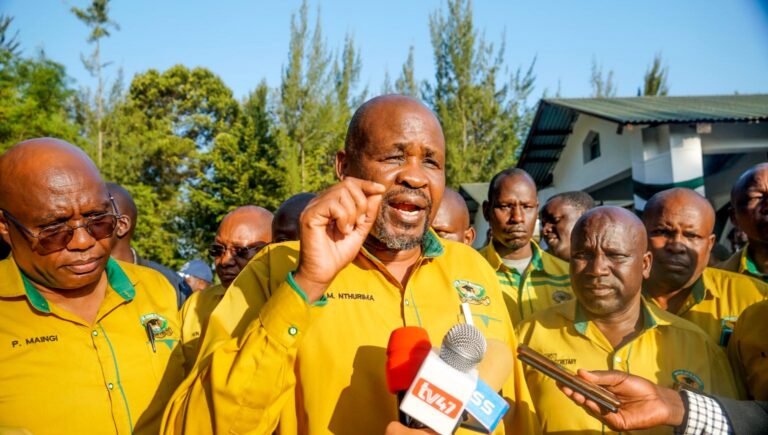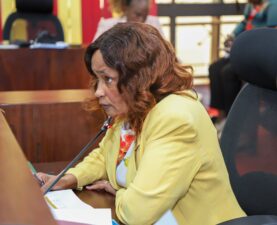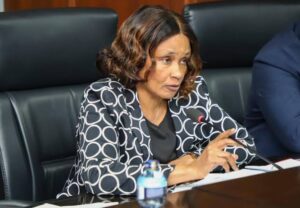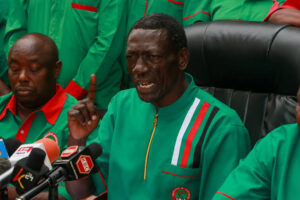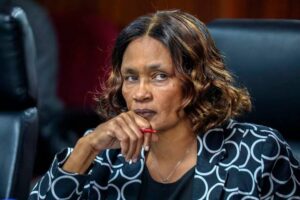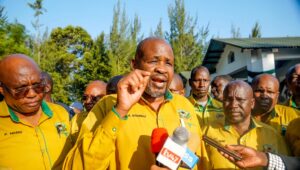For decades, Kenya’s hardship allowance was meant to motivate public servants—especially teachers—posted to underserved areas. Yet, in 2025, the system appears broken, leaving many teachers and lawmakers questioning its fairness and effectiveness.
At the heart of the controversy is the outdated Legal Notice No. 534 of 1997, which still governs who qualifies for hardship pay. TSC’s acting CEO, Eveleen Mitei, recently told MPs that the Commission is powerless to update this list until the Public Service Commission issues a new directive.
But why has it taken so long to fix a system many agree is flawed?
Lawmakers such as MP Raphael Wanjala have criticized the classification for creating staffing imbalances. Teachers flock to designated hardship areas—even within the same constituency—while others remain severely understaffed. There are even allegations of corruption, with claims that some educators bribe their way into hardship posts for financial gain.
The proposed Inter-Agency Technical Committee report promised reform and savings of Sh6 billion annually by streamlining classifications. But Public Service CS Geoffrey Ruku halted its rollout after backlash from teachers and civil servants who feared losing benefits.
Critics argue that the government’s inconsistency undermines teacher morale, affects rural education outcomes, and violates the constitutional right to fair labour practices. Until Kenya embraces a data-driven and inclusive process to define hardship areas, the gap between policy and reality will only widen—at the expense of learners in forgotten regions.
